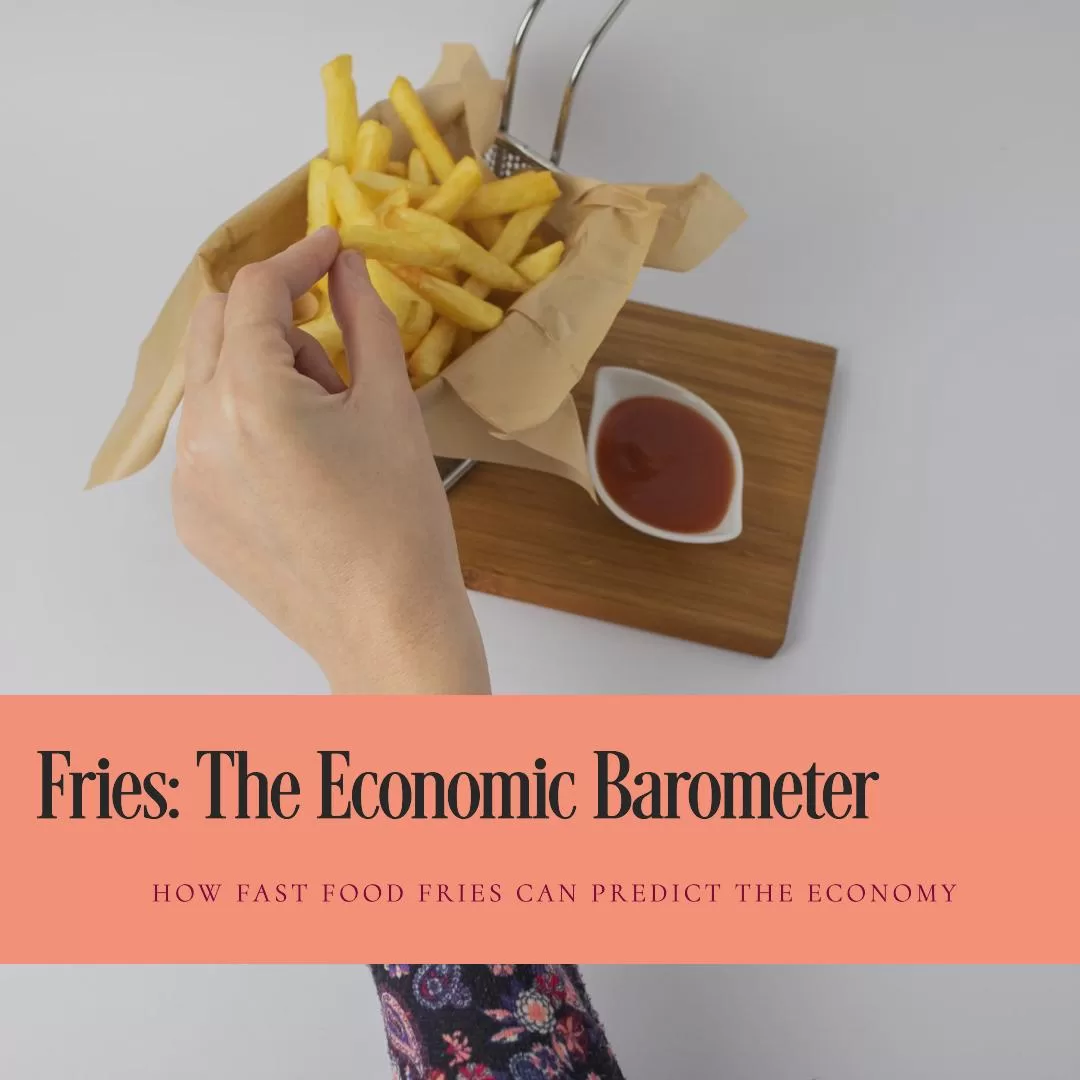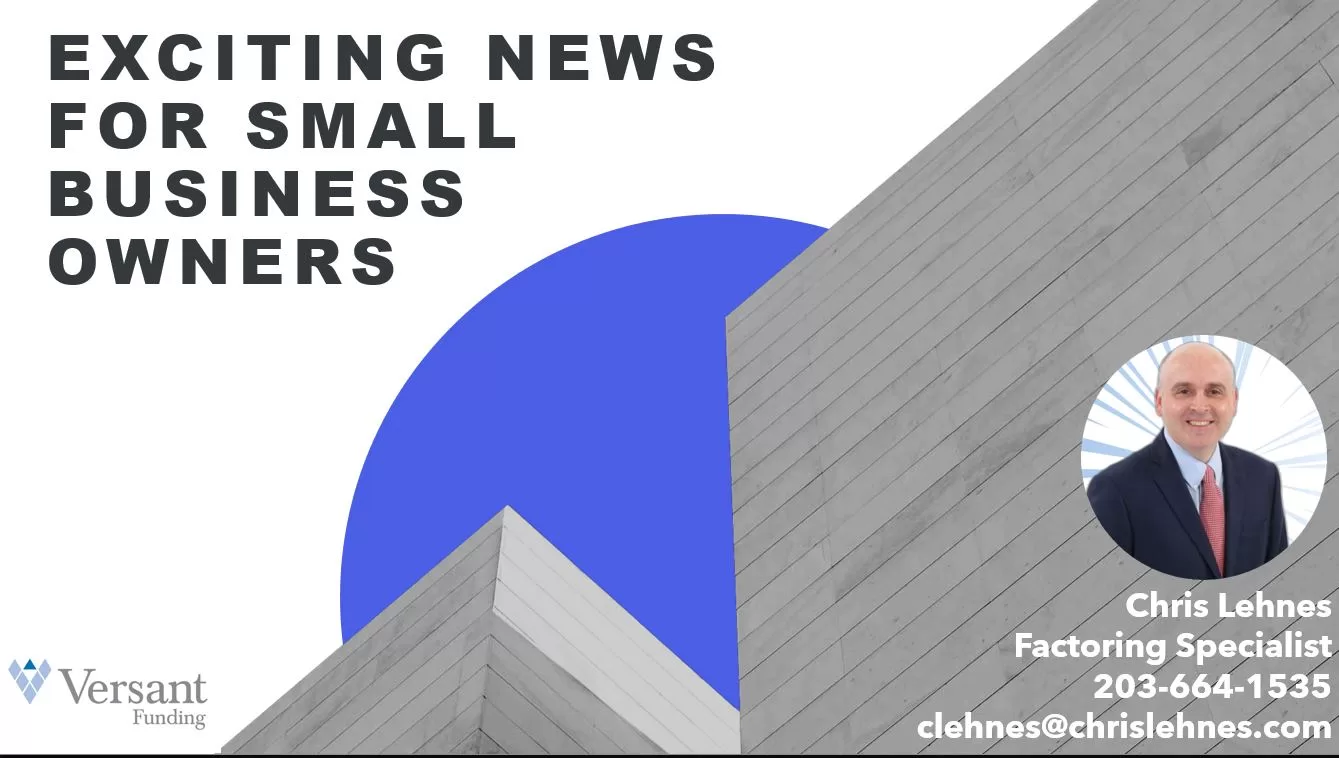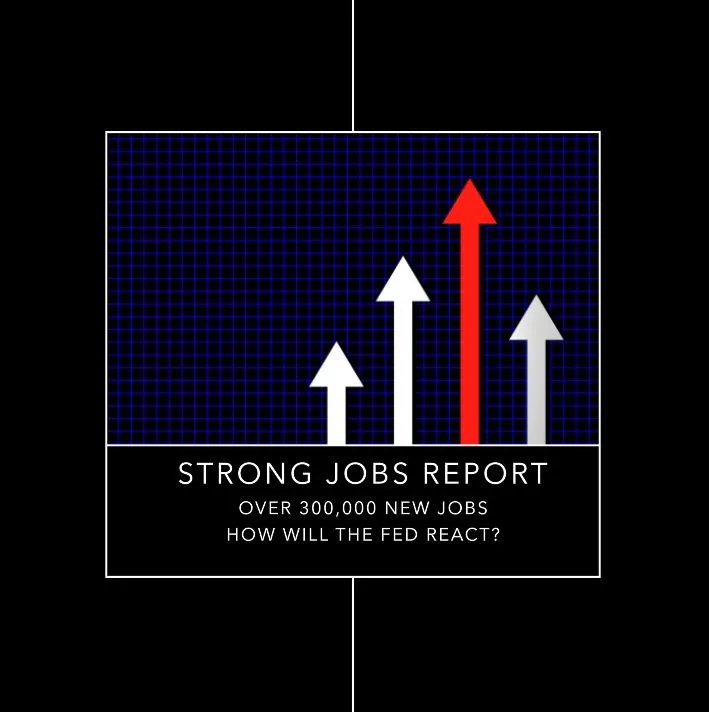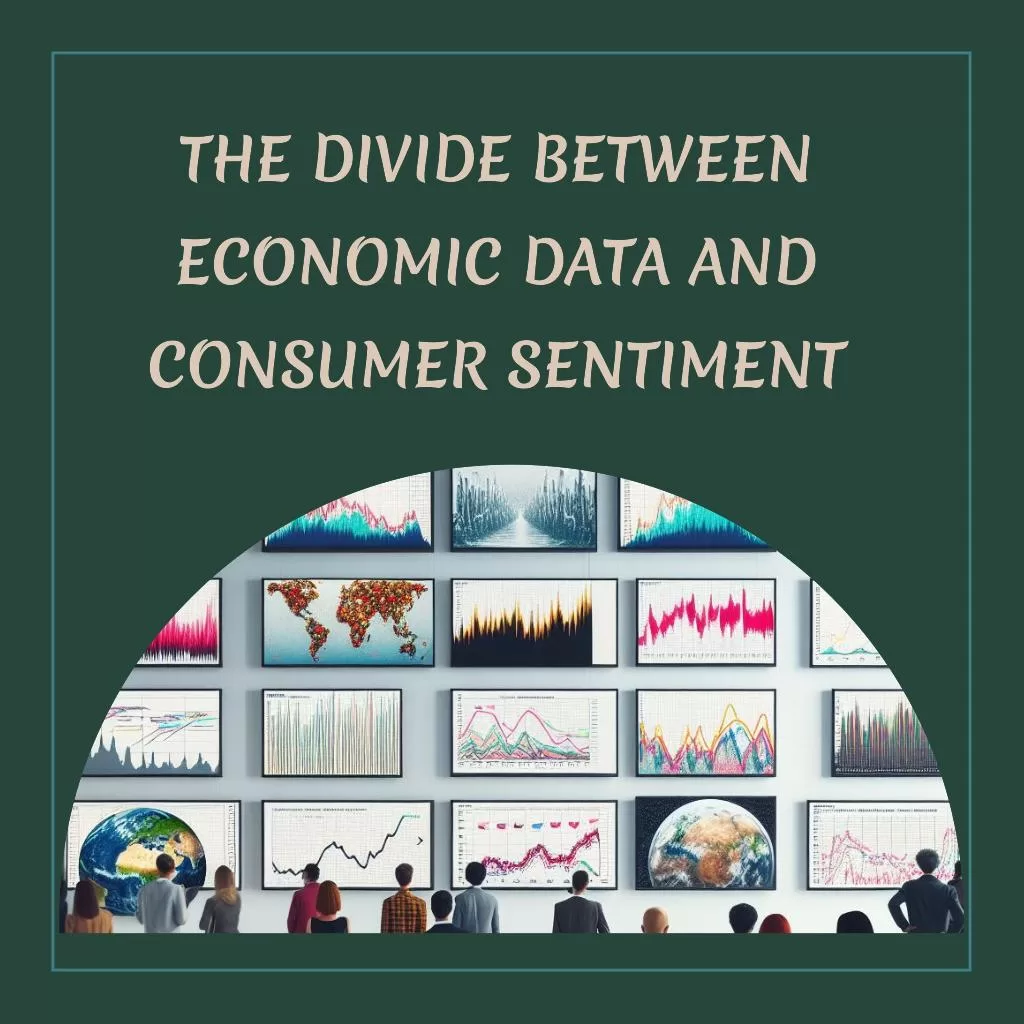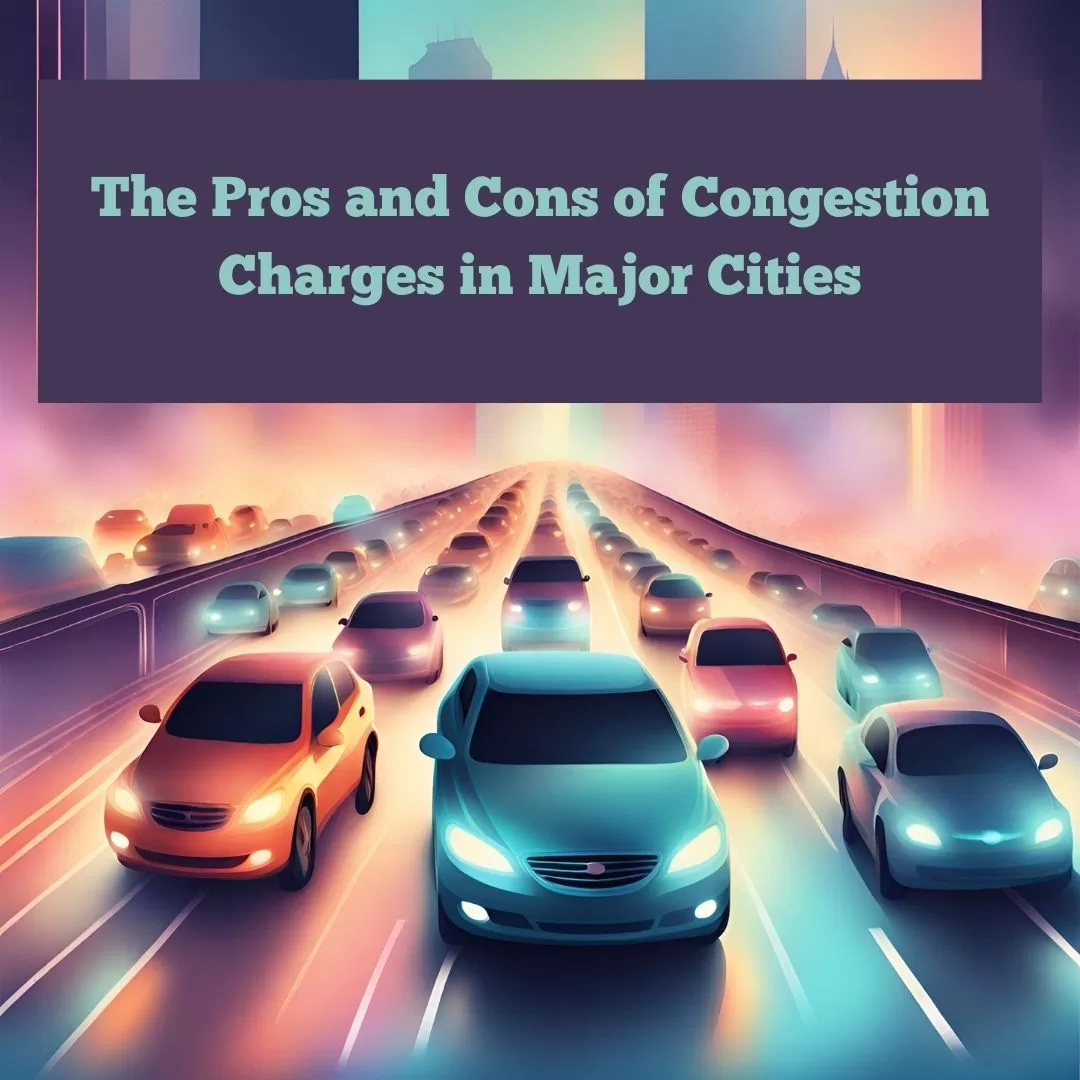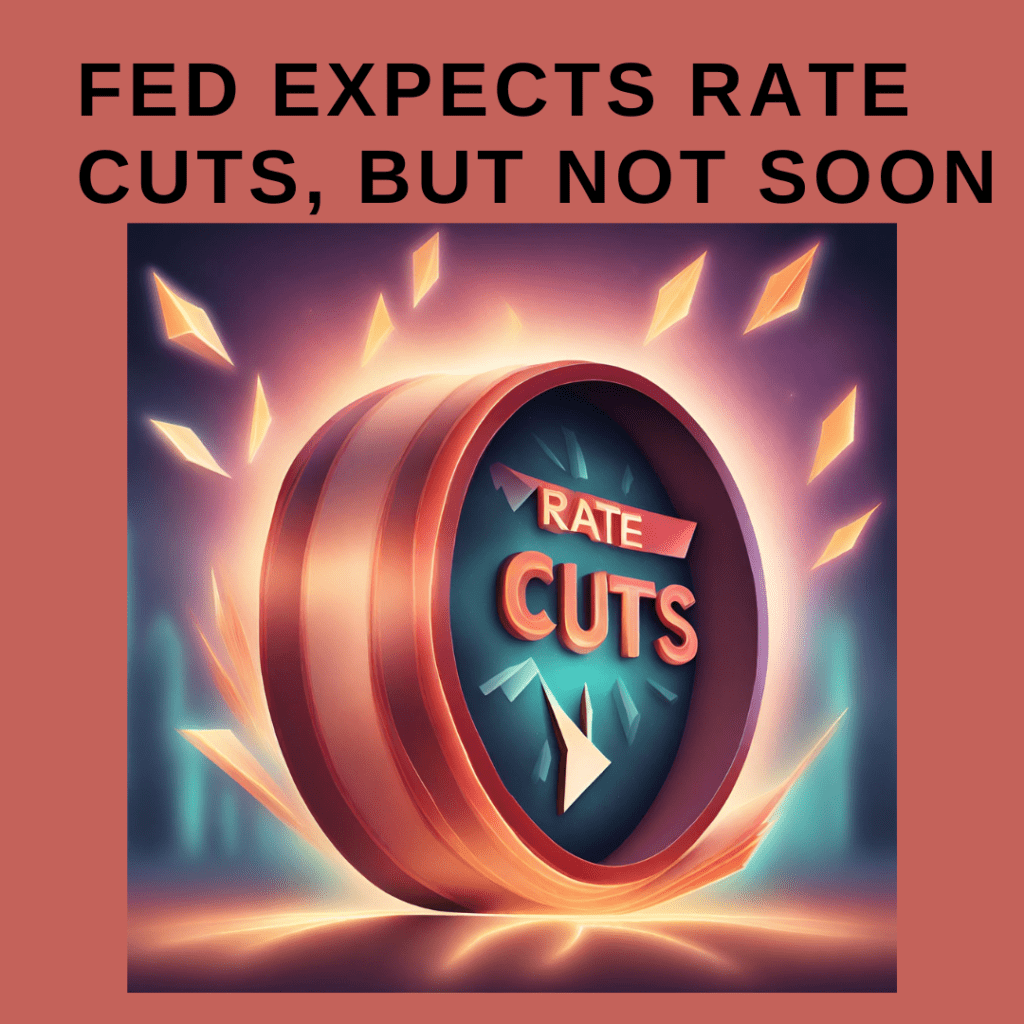.
Skepticism Abounds: Doubts Surround Fed’s Potential Interest Rate CutsAs the Federal Reserve navigates the complexities of the post-pandemic economic landscape, speculation abounds regarding the central bank’s monetary policy trajectory for the remainder of 2024. While some market participants anticipate the possibility of interest rate cuts in response to lingering economic uncertainties, a growing chorus of skeptics questions the likelihood of such moves materializing. In this article, we delve into the factors shaping the debate surrounding the potential for Fed rate cuts in 2024 and examine the implications for investors, businesses, and the broader economy.

Economic Recovery Dynamics:
The backdrop for discussions surrounding Fed interest rate cuts is shaped by the trajectory of the economic recovery from the COVID-19 pandemic. While the economy has rebounded strongly from the depths of the recession, aided by fiscal stimulus measures and vaccination efforts, lingering challenges remain. Supply chain disruptions, labor shortages, inflationary pressures, and geopolitical uncertainties pose headwinds to sustained economic growth, complicating the Fed’s decision-making process.
Inflationary Pressures:
One factor fueling skepticism about potential Fed rate cuts is the persistence of inflationary pressures in the economy. Inflation has surged to multi-decade highs, fueled by supply-demand imbalances, supply chain disruptions, and rising input costs. While some policymakers argue that inflationary pressures are transitory and will abate over time, others express concerns about the risk of sustained inflation and the potential need for tighter monetary policy to curb price pressures.
Labor Market Dynamics:
Labor market conditions also factor into the debate surrounding Fed rate cuts, with divergent views on the state of employment and wage growth. While the unemployment rate has declined significantly from its pandemic peak, labor force participation remains below pre-pandemic levels, and certain sectors continue to face challenges in attracting workers. Wage growth has accelerated in response to labor shortages, raising concerns about the potential for wage-price spirals and inflationary feedback loops.
Global Economic Uncertainties:
Uncertainties surrounding global economic conditions and geopolitical developments add another layer of complexity to the Fed’s decision-making calculus. Geopolitical tensions, trade disputes, and geopolitical events can impact financial markets, commodity prices, and investor sentiment, influencing the Fed’s assessment of risks to the economic outlook. Moreover, divergent monetary policies among major central banks and exchange rate dynamics can complicate the Fed’s efforts to achieve its policy objectives.
Market Expectations and Forward Guidance:
Market participants closely monitor Federal Reserve communications and economic data releases for clues about the central bank’s policy intentions. While some investors anticipate the possibility of Fed rate cuts in response to economic headwinds, others remain skeptical, citing the Fed’s commitment to its dual mandate of maximum employment and price stability. Clear and transparent forward guidance from the Fed can help manage market expectations and mitigate volatility, providing clarity on the central bank’s policy stance.
Conclusion:
As doubts swirl about the potential for Fed rate cuts in 2024, stakeholders across financial markets and the broader economy grapple with uncertainty and volatility. The trajectory of the economic recovery, inflationary pressures, labor market dynamics, and global uncertainties will all play critical roles in shaping the Fed’s policy decisions in the months ahead. By staying attuned to economic data releases, Fed communications, and market developments, investors and businesses can navigate the complexities of the evolving economic landscape and position themselves for success in an uncertain environment.
Learn more about accounts receivable factoring
Connect with Factoring Specialist, Chris Lehnes on LinkedIn

